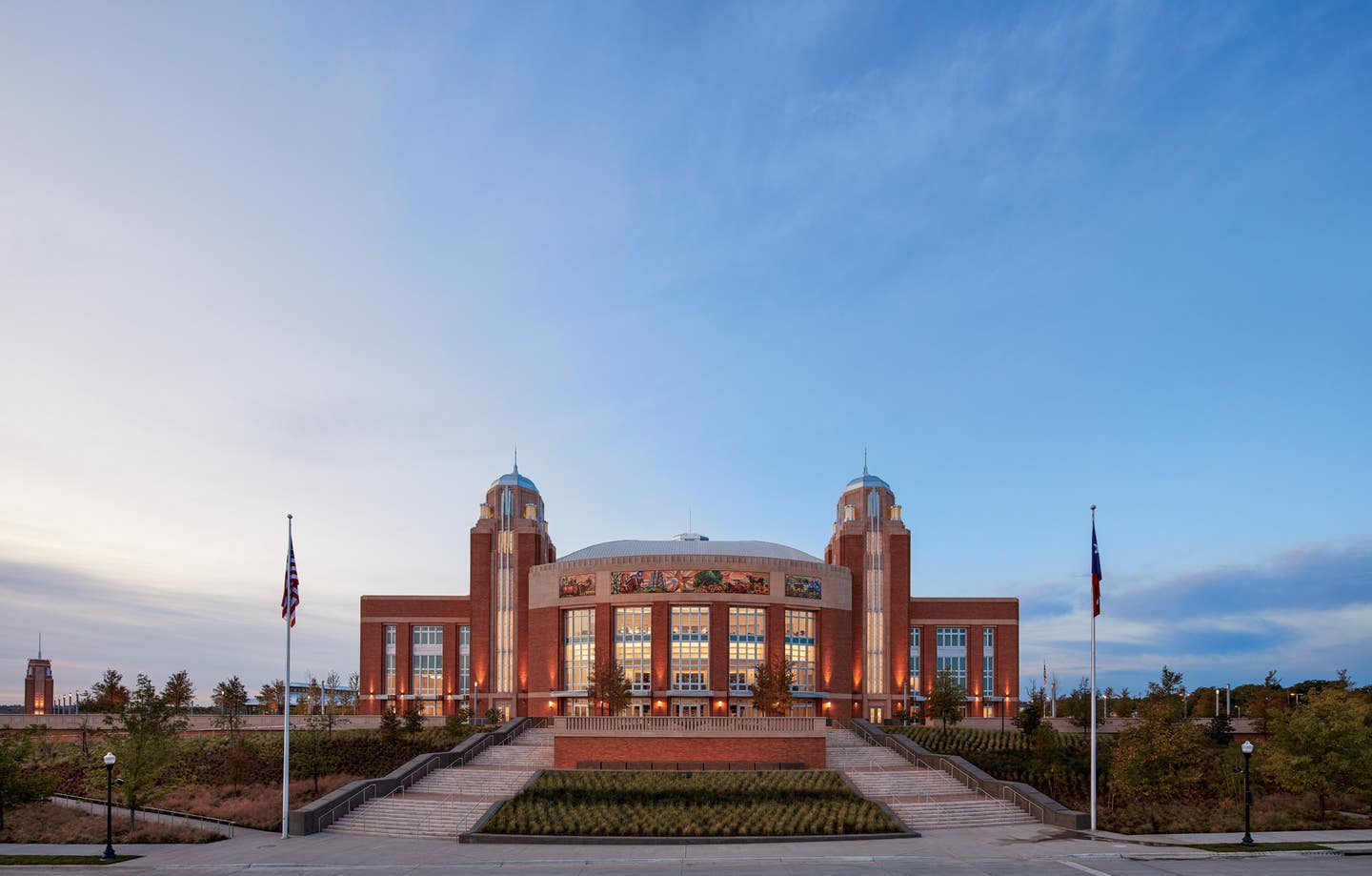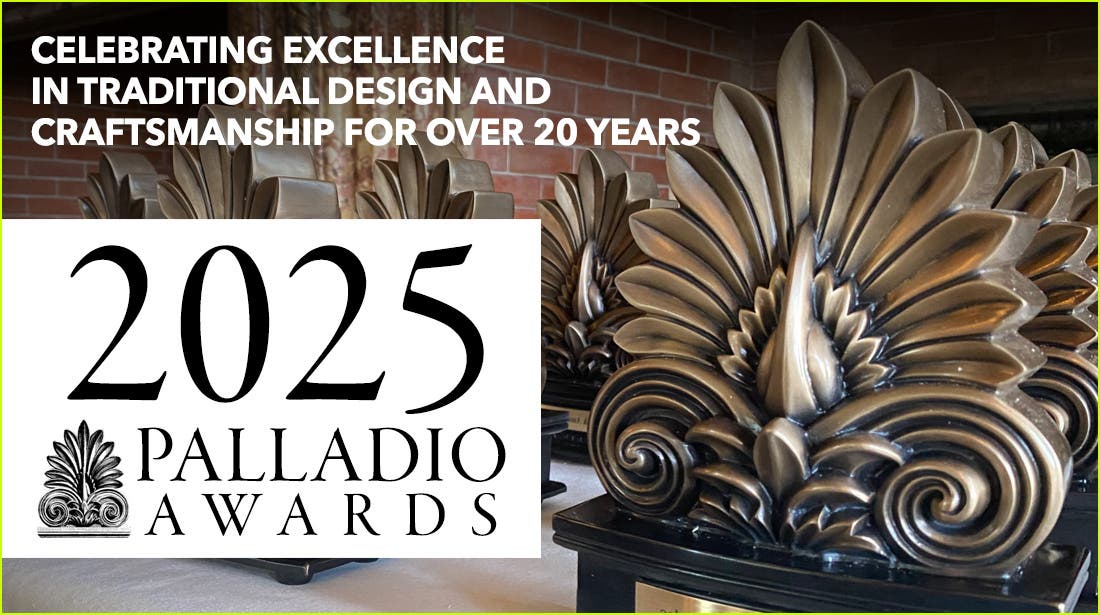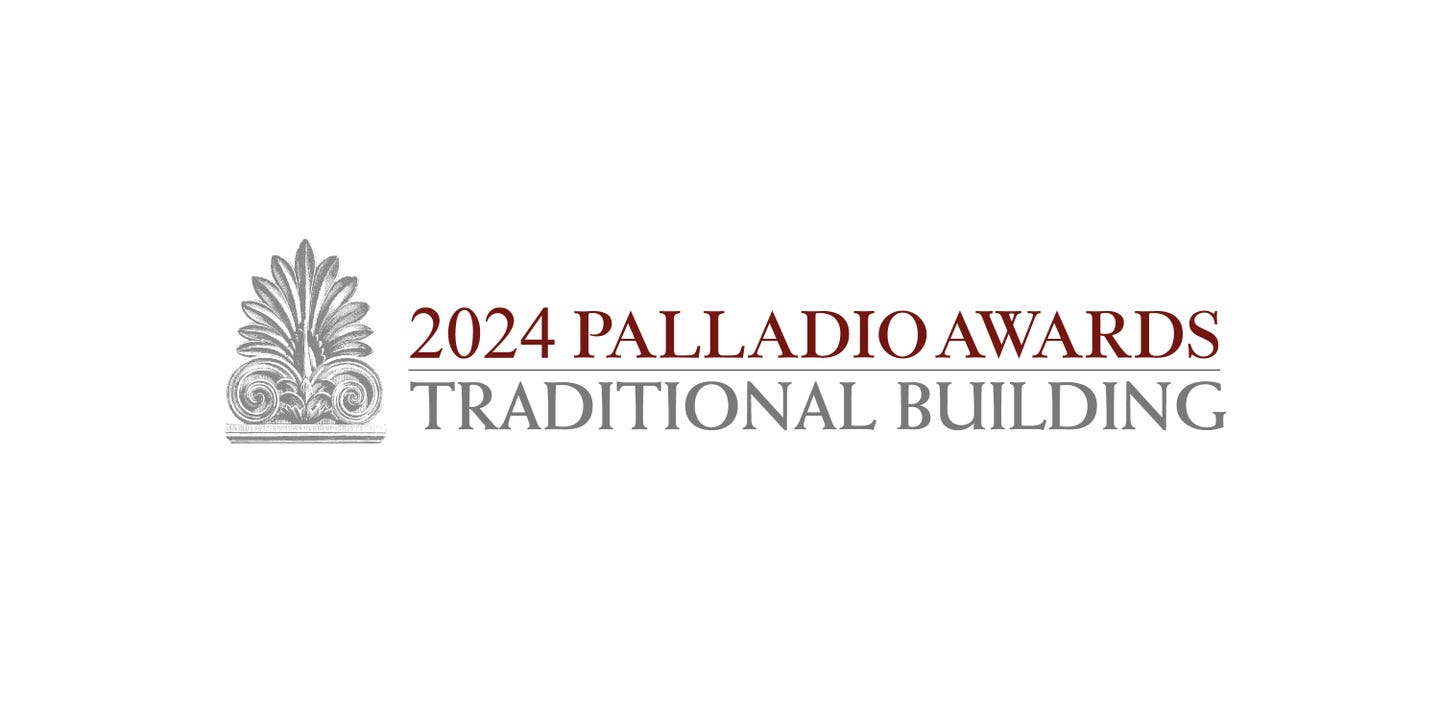
Palladio Awards 2020
David M. Schwarz Architects Inc.: Dickies Arena
Commercial Palladio Winner
New Design & Construction—more than 30,000 square feet
Dickies Arena in Fort Worth
David M. Schwarz Architects Inc.
The Will Rogers Memorial Center is every bit as much a part of Fort Worth, Texas, as the stockyards and the ice cream drumstick.
Cowtown’s 120-acre entertainment, sports and livestock complex, which was built in 1936 and named for the 20th-century cowboy humorist, draws more than 2 million visitors annually.
So the owners and the city thought carefully—and long—before they decided to build an addition to the complex’s beloved albeit aged, outdated and undersized coliseum, which since 1944 has been home to the annual Fort Worth Stock Show and Rodeo.
The process to build what came to be called Dickies Arena started in the mid-1990s and by the early 2000s Washington, D.C.-based David M. Schwarz Architects had completed the first drawings.
“It was an unusually long process,” says Gregory Hoss, president of the firm, adding that the original idea, to retrofit the original coliseum, proved unworkable. “Final design and then construction didn’t start until 2013. The ability to maintain the original vision and goals was somewhat daunting.”
That vision—of a grand civic building in the tradition of iconic public spaces like New York City’s Grand Central Station and Manhattan’s original Madison Square Garden—was realized by Hoss, David M. Schwarz, who served as director of design for the project, and Steven Horwitz, who was the project manager.
The new arena, which has 750,000 square feet of space on four levels, is sited at the end of the Gendy Street promenade, which connects the city’s cultural and museum district with the Will Rogers Memorial Center. The historic old coliseum, Hoss says, will most likely be renovated over the course of several years.
The new soaring Art Deco arena, which is clad in burnt-orange brick and features cascading exterior staircases and a pair of towers, complements the original wood-domed coliseum.
“We studied the massing, materials, and ornamentation of the Will Rogers Memorial Center for inspiration,” Hoss says.
The steel-domed Dickies Arena, which is named for the clothing workwear brand, is designed to host a variety of public events, ranging from concerts to basketball games, through seating that quickly expands from 9,300 to 14,000. It also has amenities the old one lacks, including two premium entertainment clubs, two party suites, 36 suites, 32 loge boxes, 75 concession stands and the latest innovations in fan and communications technology.
The elliptical-shaped arena, which has an entrance on each of its four sides, is placed on a plinth that rises 18 feet above the street. The plinth, whose primary purpose is to house the rodeo animals, is topped off with a glass conservatory-like pavilion surrounded by a green field rimmed with Texas prairie grasses.
“When the horses are warming up, people can look down and watch them,” Hoss says. “When the rodeo isn’t there, the pavilion can be used for small events like trade shows. The upper plaza also creates a softer place to gather before and after events—it’s a more intimate space where people can get together.”
The arena’s two towers feature fenestration with dramatic geometric grillwork made of aluminum, a metal that is a hallmark of the Art Deco style.
“Their stairwells connect all levels of the arena,” Hoss says, adding that the design encourages patrons to get around by foot instead of elevator. “When you’re walking on them, you can experience light from the outside, and at night, you can see the shadows of people walking in them.”
The ornamentation of the arena has a Western theme.
The four large glass mosaic murals, commissioned from nationally renowned artists by the arena’s owners and designed by Evergreene Architectural Arts of New York City and William Matthews of Denver, Colorado, that are installed in the entry and garage facades pay homage to the city and the state’s history.
“They were fabricated in Florence, Italy, and Mexico,’’ Hoss says, adding that the arena also features two bronze bas relief panels that celebrate the horse’s significance in Texas culture and history. “There are more than 500,000 pieces of glass in each panel, and they were hand-laid in sections overseas then shipped to the site.”
Other exterior iconography, fabricated in glass-fiber-reinforced concrete that was chosen because it emulates more costly limestone, evokes the events that the arena is hosting. Images include a lyre and guitar, horses, a circus seal balancing a ball on its nose, and hockey sticks and basketballs.
Interior decoration, most notably in the arena’s four multistory lobbies, continues the Western motifs. In the north lobby, which is elliptical in shape, the intricately patterned terrazzo floor design is bordered by weaving ropes, and the center medallion depicts the Indian blanket flower, a Texas native. The aluminum railings of the balconies feature central and side panels depicting Texas prairie grasses.
“For this lobby, we chose a light monochromatic background to be a backdrop for people watching,” Hoss says, adding that the intent was to get people to engage with each other.
The lobbies, which are connected by four symmetrical diagonal concourses, each have a different look. “The north lobby acts as the building’s formal entrance, and its rigorous oval shape evokes important places one recalls fondly from childhood. The south lobby feels more active with a sweeping curvilinear ceiling that supports an angular cantilevered ceiling over the lobby.”
Hoss says the project exemplifies the best practices of public-private partnerships.
“The Dickies Arena is a long-term heritage to the city of Fort Worth in terms of culture and Western culture,” he says. “The public was astounded by its beauty and amazing features. We got many accolades for creating a beautiful civic space for citizens to come together in a public fashion.”
Key suppliers
Design Architect David M. Schwarz Architects
Architect of Record HKS Architects
Associate Architect Hahnfeld Hoffer Stanford
Contractor The Beck Group
Lighting Consultant LAM Partners
Signage and Wayfinding Two Twelve
Terrazzo Flooring American Terrazzo Co.
Brick Supplier ACME Brick
Custom Millwork Beaubois
Hardwood Flooring Woodwright
Structural Engineers Walter P. Moore
MEP Engineers SSR Inc.
Custom Lighting Crenshaw Lighting
Custom Mosaics Evergreen Architectural Arts; William Matthews









